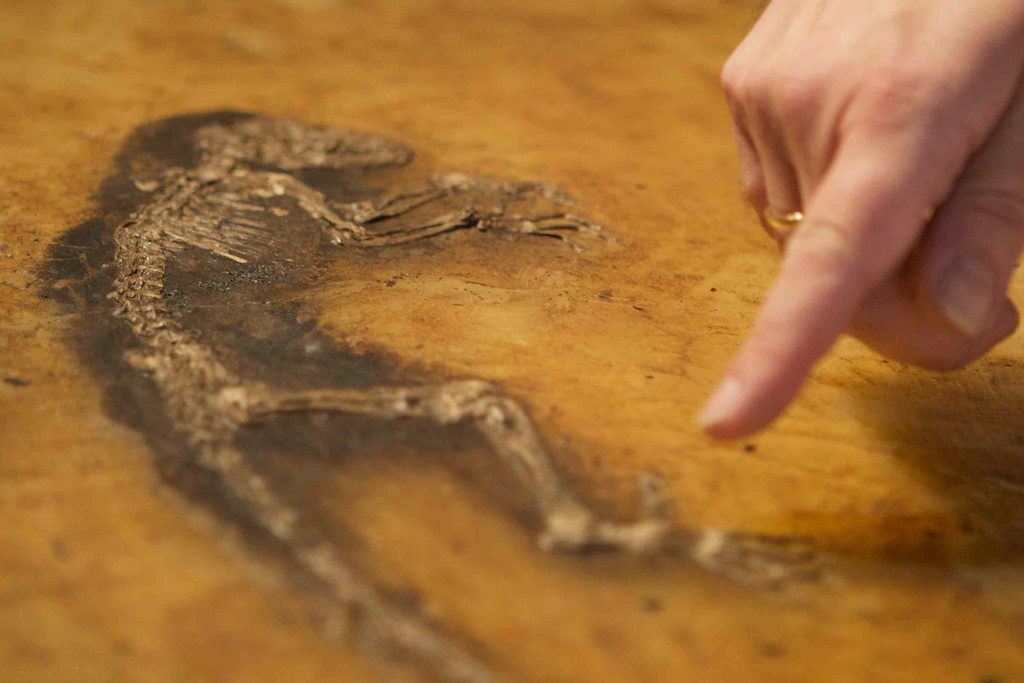 The Link: Uncovering Our Earliest Ancestor
The Link: Uncovering Our Earliest Ancestor by Colin Tudge
My rating: 3 of 5 stars
In my area of study of archaeology and geology, I’d like to say that I have a shallow grasp on the subject of palaeontology. Tudge’s writing of the subject definitely widened my grasp, if not deepened it a little. Here is a brief overview of the book, and my thoughts on the chapters or chunks of chapters.
The first two chapters are about the discovery and acquisition of Ida. I really liked how these chapters put a personal edge on the field of palaeontology. I learnt quite a bit about the legalities of fossil acquisition in these chapters.
Chapters 3 and 4 are about the Eocene world and Messil pit where Ida was found. Hearing the descriptions of the world that Ida lived in really brings her story to life. Chapter 3, however, made my eyes glaze over occasionally with the frenzy of Latin names that appeared in some sections with descriptions of the critters that surrounded Ida and her environment. It isn’t like that was a consistent state, but it happened in chunks.
Chapters 5, 6, and 7 dealt with primate evolution. This was laid out very clearly and concisely. Tudge does a better job at this than my primatology textbook did, to which I’m grateful for.
Chapter 8 gets back to Ida and ties her in with chapters 5,6, and 7. I wish this chapter was a little more in depth, but at the same time it goes on long enough. I found that I was wanting more information here.
Chapter 9 delves into the whys and hows that the science team working on Ida chose to reveal her the way they did. Being in science and working with the public with science education, I can relate to this. However, it didn’t take away the fact that I thought there was way too much hype around Ida to take her seriously.
I’d like to note that now that I know more about Ida’s story I can appreciate her more. This is a very good book for the person interested in primate evolution, palaeontology, or the Eocene. It is informative and gives glimpses into the minds of the scientists that first studied Ida.
Some parts of the book did bother me though. For one, Latin names would often send me to Google for a description. Two, the rendered images in the book say “An early tree-dimensional reconstruction . . . ” I spent a great deal of time wondering if there was anything different about later reconstructions. And third, which also explained why they used early reconstructions is that the last chapters give clues that suggest that the book was written and published before things were really finished with Ida. Somehow this sits uneasy with me, but it doesn’t diminish the science in the middle of the book at all.
Featured image from Flickr.
